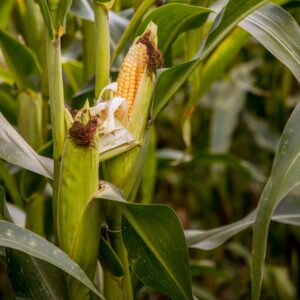
A deep gully was visible in the distance, an unwitting consequence of the contour walls under previous tillage systems, bringing water off production lands to meet at quite a speed before flowing downhill!


I accompanied a small party who wanted to take a closer look at gully erosion and the Project’s rehabilitation efforts.

Gully systems can be stabilised with gabion structures. Rocks removed from crop lands can be put to good use here.

Lynch walks on hay spread out to rehabilitate this gully. This increases the development of soil and slows down water moving through the gully system.

A combination of gabion walls (centre), geotextiles and soil blankets (bottom left), drift fences (centre right) and hay bales (bottom left) are encouraging the return of vegetation to this gully.

The success of restoring vegetation here is clearly evident. This greatly decreases sediment being discharged into river systems which in turn improves the ability of fish and aquatic invertebrates to survive.
The way we work the soil – our tillage practices – can limit the surface water runoff and prevent the loss of soil, one of the great threats to humanity’s habitat (IPBES, 2018). See the “Conservation agriculture” and “Soils” pages on Agribook.